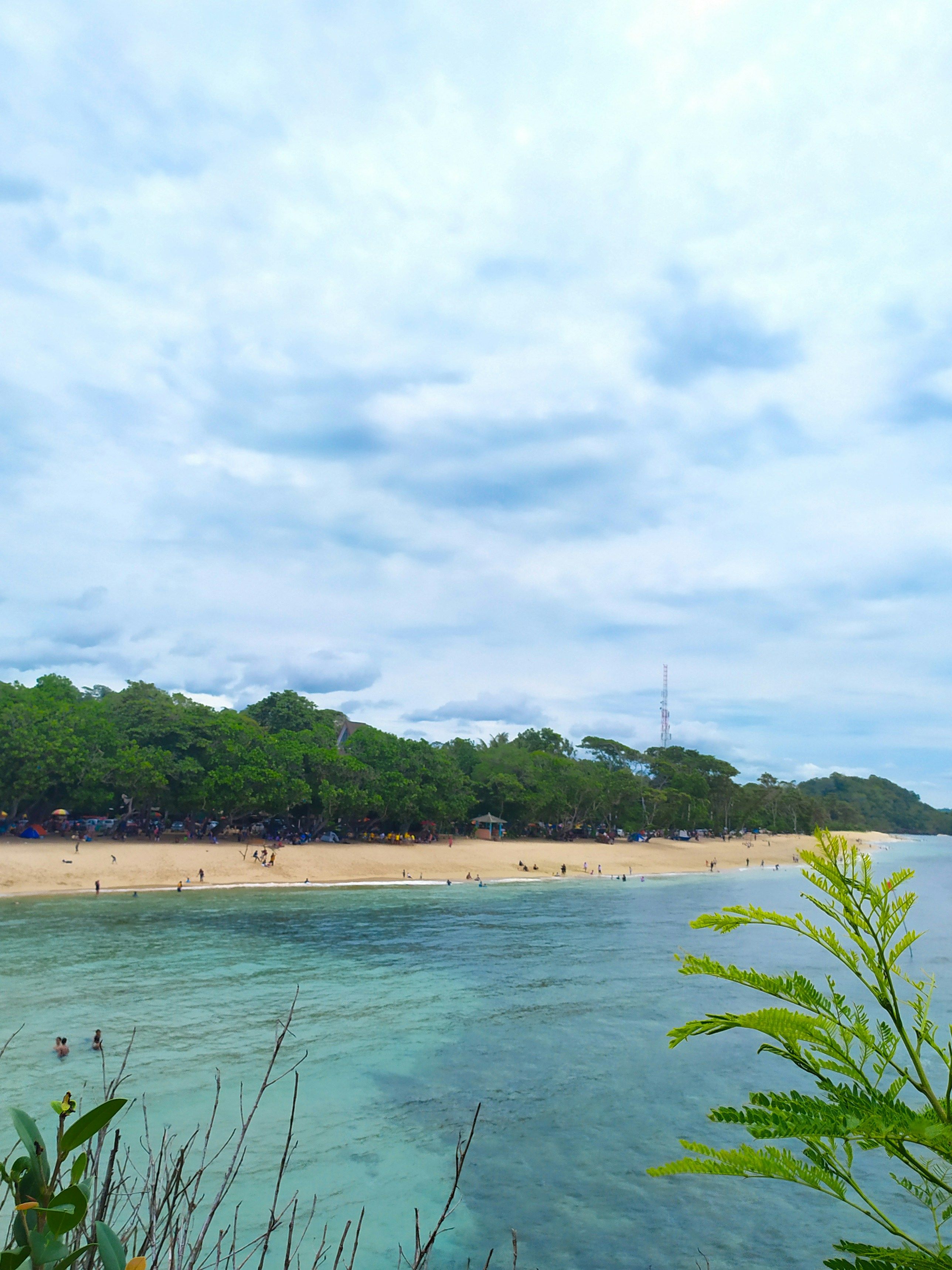Vegetables Preferring Less Acidic Soil: A Guide
Rock on with these veggie gems for a fuss-free garden in less acidic soil! While potatoes thrive in acidic lands, most veggies love soil with a slightly acidic to neutral pH, although some beauties can tolerate alkaline conditions. Just chill and forget about complex soil acidifiers if that's what your yard's offering. Here are 14 lean, mean, low-maintenance harvest machines you can cultivate in your alkaline oasis.
First things first, if you ain't sure about your garden's pH, test the soil. Neutral is 7, while pH below 7 means acidic, and above 7 signifies alkaline.
Leggy asparagus (pH 6.5-8.0)

Asparagus plants are tough cookies, tolerating alkaline soils better than most crops. That's not the only reason to grow them in less acidic gardens, though. Asparagus plants commonly develop problems with fusarium fungi in acidic soils. But in neutral or slightly alkaline soils, issues like this are significantly less likely to occur.
Southern belles: Okra (pH 6.5-7.5)

Okra plants are the queens of warm southern gardens, but they grow best when soil pH levels are close to neutral. If your garden's too acidic, it can affect okra plants, leading to smaller pods.
Alliums that dig it: Leeks (pH 6.0-8.0)

Most allium plants are fans of slightly acidic soil, but leeks are more adaptable and can grow in alkaline gardens. If your soil's too acidic for these oniony fellas, add compost or lime to help 'em out.
Get your pole bean on (pH 6.0-7.5)

Pole beans grow a teeny bit better than bush beans in mildly alkaline gardens, but both types thrive best when soil pH values are close to neutral. Acidic soil can make it hard for bean plants to absorb nutrients efficiently, leading to yellow leaves and other issues.
Brassicas that gut it out (pH 6.0-7.5)

Cabbage and kale are hardy brassicas that thrive in mildly alkaline gardens rather than acidic ones. Cabbage plants are less susceptible to club root when growing in gardens with a pH above 7.
Carbon-loaded pea power (pH 6.0-7.5)

Acidic soil makes it tough for plants to absorb nutrients, but pea plants can develop calcium deficiencies in acidic gardens. These deficiencies can manifest as warped or discolored leaves and other problems, but they can be avoided by growing peas in neutral to slightly alkaline soils with plenty of organic matter.
Parsnips don't care (pH 5.5-7.5)

Like carrots, parsnips like loose, well-draining soil, but they tolerate a wider pH range, making them a good choice for slightly alkaline gardens.
Beettastic (pH 6.0-7.5)

Beet crops need rich, loose soil to grow well, and they can suffer in gardens with pH values below 6.0. To get a prolific harvest of beets, add plenty of compost to your garden before sowing beet seeds and water them regularly.
Garlic, manganese's worst nightmare (pH 5.5-7.5)

When soil pH is low, nutrients like manganese build up, causing problems for plants, especially garlic. To avoid manganese toxicity and stunted growth, you can either raise soil pH with compost or garden lime or grow garlic in pots or raised beds filled with a less acidic potting mix.
autumnal pumpkins & squash love (pH 5.5-7.5)

Pumpkins and most squash plants thrive best in soil with a pH of around 6.5 but can also handle mildly alkaline or more acidic gardens as long as the soil is rich enough to support their vigorous growth.
Leafy greens (pH 6.5-8.0)

Spinach and Swiss chard grow better in more alkaline gardens. If soil pH levels get too low, they'll develop yellow leaves with visible green veins and other signs of nutrient deficiency.
Mustard greens: the lazy gardener's dream (pH 6.0-7.5)

Easygoing mustard greens sprout quickly from seed and can grow in a range of conditions, including slightly alkaline soil. They thrive in cool weather and can even be planted with warm-weather crops like pumpkins and squash.
Flexible ginger (pH 6.0-8.0)

Ginger grows as a perennial in USDA Zone 8 and warmer in slightly acidic to slightly alkaline soils. In colder areas, it is often cultivated as an annual and harvested in the fall, but cold-weather gardeners can grow it year-round by keeping it in pots and moving it indoors before temperatures drop.
Artichoke: the mellow fruitfulness (pH 6.5-7.5)

Artichokes prefer neutral soil but perform well in slightly acidic to slightly alkaline conditions. If you dig the weird and wonderful, you might also want to try the closely related cardoon plant.
Now, get growing and reap the rewards of low-maintenance gardening!
- Asparagus plants, known for their tolerance of alkaline soils, are less likely to develop problems with fusarium fungi in gardens with a pH closer to neutral.
- Okra plants, the queens of warm southern gardens, grow best when soil pH levels are close to neutral, as overly acidic soil can lead to smaller pods.
- Leeks, despite most allium plants preferring slightly acidic soil, can grow in alkaline gardens, just make sure to add compost or lime if the soil is too acidic.
- Pole beans, while they thrive best in neutral soil, can grow a teeny bit better in mildly alkaline gardens, but both types are sensitive to acidic soil that can hinder nutrient absorption, leading to yellow leaves and other issues.
- Cabbage and kale, hardy brassicas, thrive in mildly alkaline gardens rather than acidic ones, as cabbage plants are less susceptible to club root when growing in gardens with a pH above 7.







